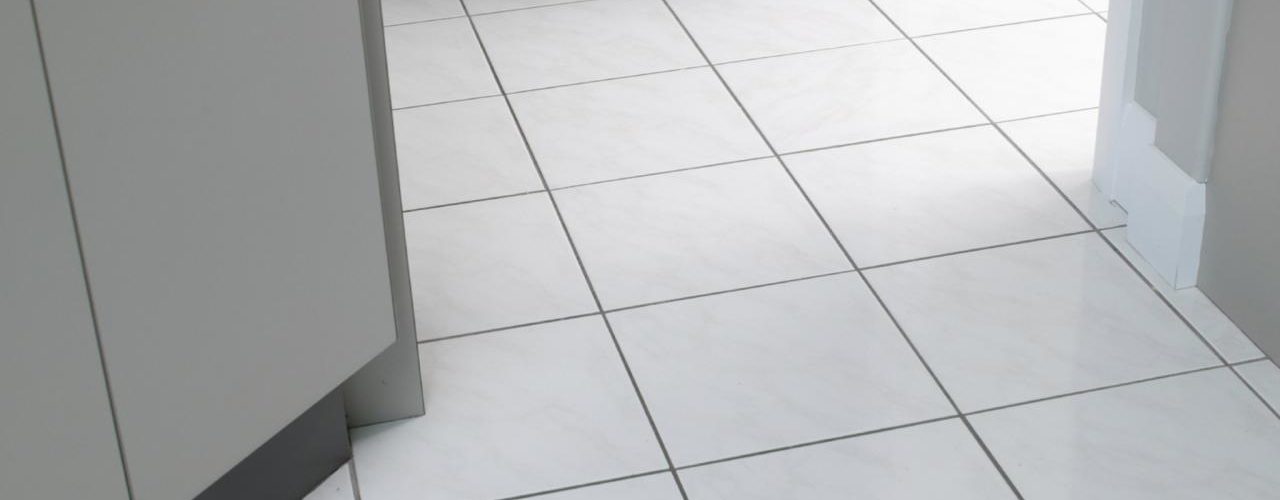Ceramic or porcelain tiled floors can be the pride and joy of any homeowner who has made the investment. Tile floors are durable, virtually invincible, and exquisitely beautiful. Protecting such a valuable asset to your home is an absolute necessity. With regular, careful cleaning, your tile floor will never lose its newly installed appearance and satisfyingly aesthetic appeal. Follow these tips to clean and protect your tile floors.
Contents
Sweeping:
Your tile should be swept daily. With the proper broom, this will be a simple task that should not require more than five minutes of your time. Select a broom with a soft, plush head. A broom that utilizes static electricity for maximum dirt lifting is the best choice.
The Daily Grind:
Cleaning a tiled floor is much easier than maintaining hardwood or carpeted floors. In fact, ceramic and porcelain tiles require the least maintenance of almost any kind of flooring. For daily (or every other day) cleaning, it is recommended that you simply use a bucket of warm water and a mop. Mop selection is very important when cleaning tiled floors. A sponge-like mop with a flat surface will not adequately clean your floors. Additionally, a mop with a disposable head will also be ineffective for tiled floor cleaning. These mops will push dirt into the tile seams where it will be absorbed by and ruin the grout. Select a standard mop with twisted yarns to ensure dirt and grime is lifted from the tiles and the grout.
Tough Stains:
If you find that a simple water treatment is not sufficiently cleaning tough stains or high-traffic areas, there are many chemical options that can be used as tiled flooring detergents. The most cost-efficient solution is one cup of rubbing alcohol that has been diluted in a two gallon bucket of warm water. This easy to mix solution should adequately lift even the toughest stains.
Scouring and Sanitizing:
If sanitation and health is a pressing concern, you may choose to use a solution of bleach or another disinfecting cleanser. When using a sanitizing cleanser on tiled floors, be sure the solution is not too strong. Read the label on the product and add an additional gallon of water to be sure the solution is thoroughly diluted.
Grout:
If the grout is substantially dirtier than the tile, a strong cleaning solution may be required. It is safe to use undiluted floor chemicals on tile grout. Apply the cleanser to a small brush or rag and scrub vigorously until the grout is cleaned. Be sure to follow this treatment with a thorough rinse.
Refinishing and Sealing Grout:
If your floors look dirty even after dilligent cleaning, there could be some flaws with your grout. While grout isn’t generally the focus of a tiled floor, its color and consistency are critical in maintaining a clean floor appearance. Grout is highly absorbent if not properly sealed and, over time, will accumulate all the grime and filth that has been wiped off the surface of your tiles. If your grout is dirty, the entire tiled floor will appear unclean. To improve grout appearance, purchase a grout refinishing stain from your local home improvement retail store. This product is easy to apply and will once again give your grout a uniform appearance. After the refinishing stain has dried, apply two to three coats of a grout sealer. This can also be purchased at your local home improvement store. Sealing the grout will prevent dirty liquids and oils from seeping in and discoloring your grout. A simple grout refinish can change the entire look of your tiled floor.



